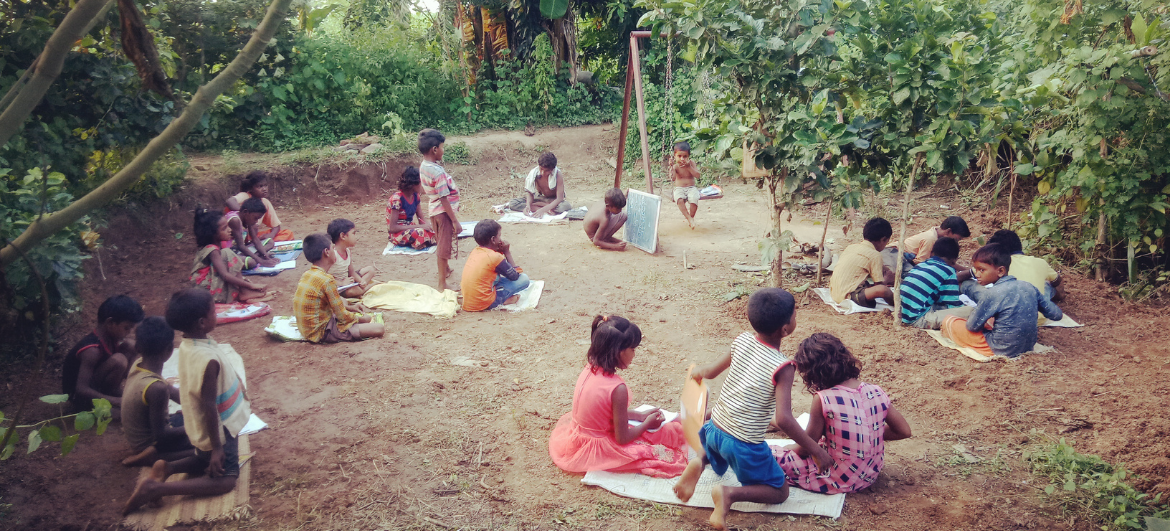Quis autem velum iure reprehe nderit. Lorem ipsum dolor sit nulla or narjusto laoreet onse ctetur adipisci.

Sahodaya Trust
Supported by: Wipro
Sahodaya Trust
Sahodaya Trust has completed six years since it was registered as a trust, under the Trust Act, on 5 December 2016, in Patna. It has been working with 30 children of the Manjhi community, also known as the ‘maha-dalit’ community, at Kohabari village, in the Barachatti block of Gaya district, in Bihar, since 2017.
The primary purpose of this initiative has been to attempt to facilitate a holistic environment for the children, particularly of rural and marginalized communities, to live, learn, and enjoy being actively involved with the surrounding local ecological conditions, and cultural community practices.
We wish to develop the environment for community living and live our relations with the local natural and cultural conditions. Our approach is to facilitate and conserve the natural conditions for the children and engage them with various activities, of daily life to enable them to live, experience, and learn about the activities, life, and world around them.
Besides learning from the text-books, mostly from peer interaction, we encourage children to spend some time with the following: (a) household activities, like cooking, and managing the house, (b) agricultural activities, like sowing seeds, and taking care of the plants, (c) environmental activities, like planting diverse local species of plants, and enriching our biodiversity, (d) knowing the local conditions, by visiting the areas and villages around us, and interacting with the villagers, and traveling to places, and interacting with communities, involved with the activities similar to ours.
In this whole process, children co-learn, co-create, and co-grow with the local environment, as a community.
Sahodaya comprises a small team that manages almost all the activities, including children’s studies, sports, extracurricular activities, village walks, forest walks, awareness campaigns, and other environment-based activities. At present, we have been able to work with 30 children in the village. Due to the remote location of our organization, and bad condition of means of transport and communication, very few people visit our place and think to join.
We have employed two villagers, one man who looks after our land and farming, and one woman who assists in household activities. Children themselves learn from peer interactions and interactions with villagers as well as the people when they visit and travel outside. They have been learning how to manage the other activities of the organization themselves.
For the next three years, we plan to replicate such environment and conditions for learning at other schools and learning centers in other villages.
